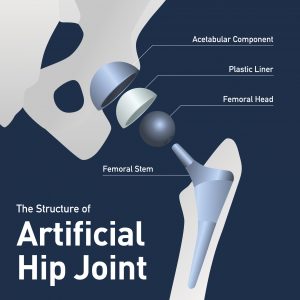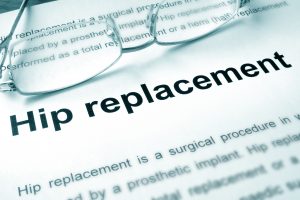
I get calls from people all over the country worried that they may have missed a deadline for participation in the Depuy ASR Artificial Hip Settlement. I understand the alarm. It would be dreadful to have the ASR metal-on-metal hip implanted, suffer mysterious pains and then elevated metal levels in the blood, discover the artificial hip components failed, go through a painful revision surgery, and then find that the settlement deadlines have all passed. The reality is this: at the moment, all the deadlines have passed. But many viable ASR claims against Depuy and Johnson & Johnson are still out there, and they should be fairly compensated like all the injured people that have come before.
Third Settlement (Second Extension)
In the most recent extension of the ASR Master Settlement Agreement, the deadline to enroll in the settlement was July 19, 2017. This second extension of the Master Settlement applied to individuals who had the ASR hip removed in revision surgery between between January 31, 2015 and February 15, 2017. The reason for this specific set of dates is that the settlement committees for plaintiffs and defendants wanted to include victims who had revision surgery somewhat late in the game. Recall that the Depuy ASR hip was first sold in 2005, twelve years ago. It was sold aggressively for five years, until it was finally recalled on August 24, 2010. Thousands of people were implanted with the ASR hip in that five-year period. Most of them were forced to undergo revision surgery before August 31, 2013, the deadline for participation in the first settlement. But hundreds of people did not undergo revision surgery until after August 31, 2013. Therefore, a first and then a second extension of the original agreement was established.
 North Carolina Product Liability Lawyer Blog
North Carolina Product Liability Lawyer Blog









